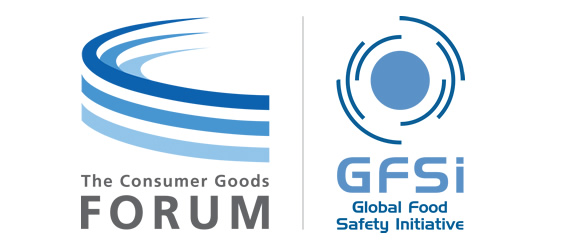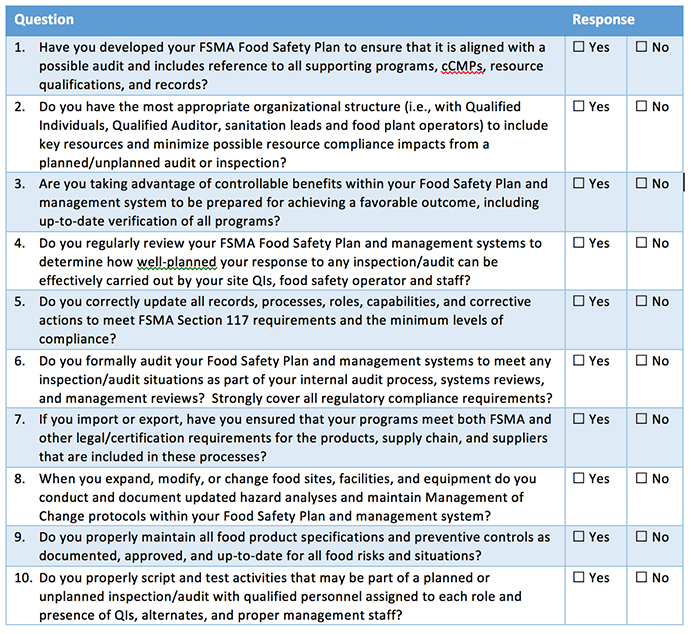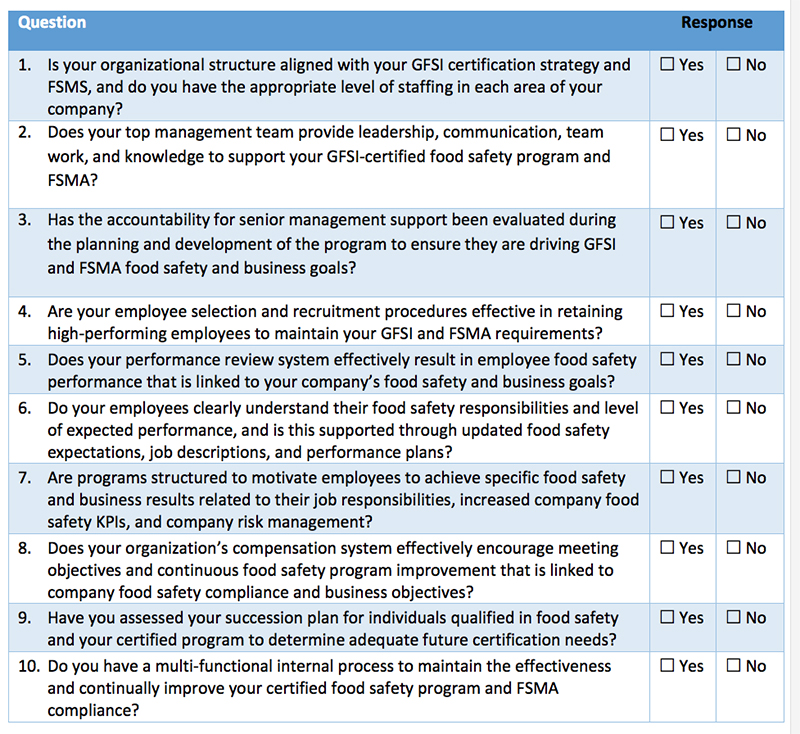“Food safety is not a competitive advantage” is one of the barf-worthy “feel good” messages you hear from food industry executives during speeches and public forums. Last week at the Global Food Safety Initiative (GFSI) conference in Houston, an audience of more than 1,150 from 54 countries heard this tired mantra repeated during a panel discussion featuring CEOs from Mondelez, Cargill, Tysons and Wegmans. The common theme espoused by the CEOs was that food safety is a given and it’s just the right thing to do. Under their flawed rationale, because food safety is mandated, it cannot be a differentiator. Huh? That’s like saying monogamy in marriage is a given. Sure, most brides and grooms pledge faithfulness, but hey, we all know cheaters gonna cheat.
I wasn’t the only one who didn’t buy the food safety kumbaya message the CEOs were peddling. BBC business journalist Adam Shaw was the moderator for the panel and he grilled the CEOs to try to expose the fallacy that food safety is not a competitive advantage as nothing more than high-mindedness with altruistic notions, but the CEOs deflected his pointed questions and stayed on-message. I thought the song from the Lego movie, “Everything is Awesome” might start blaring from the sound system at any moment. What I cannot discern is if the CEOs really believe that food safety is not a competitive advantage, or do they feel compelled to say it to bolster confidence in the food supply.
I think we can all agree that consumers expect their products to be safe. Objectively, I think we must also agree that there are some companies in the food industry that simply do a better job of managing risk in their food safety system. As Warren Buffet once said, “Risk comes from not knowing what you’re doing.” Have you ever read the warning letters issues by the FDA? There are plenty of food operators who either do not know what they are doing or their profits are more important to them than the safety of the products they produce.
Perhaps the real reason these CEOs say food safety is not a competitive advantage is because they are trying to trick us with some twisted reverse psychology technique. More likely they avoid positioning their company as having an extraordinary food safety system because you can never eliminate all risk, and a recall or foodborne illness outbreak could be lurking just around the corner. That logic is a little lost on me, but okay.
What about food safety as a competitive advantage in the business-to-business (B2B) environment? With all the transactions between ingredient suppliers, brokers, distributors, co-packers and manufacturers, there is often friction between vendor and customer over food safety standards and the underlying documentation. Who you do business with matters more than ever before, especially now that there is greater supply chain transparency and process control mandated by FSMA. According to Brian Perry, senior vice president, food safety & quality at TreeHouse Foods, he has had to drop suppliers who are not FSMA-compliant because they pose too much risk. Meanwhile, companies are willing to pay a premium for suppliers who have their food safety documentation in order and routinely deliver on time and within specifications. So at least in the B2B marketplace, we can see that food safety can definitely provide a competitive advantage.
Pesky undeclared allergens and foreign material find a way to sneak into food production. Unsanitary conditions are sometimes permitted and product is adulterated. Mistakes are made, stuff happens, and sometimes food makes people and animals sick or even leads to death. So please don’t tell me that food safety is a given! If you want consumers to have confidence in our food supply, then tell them what your company does to try to prevent stuff from happening. Consumers’ appetite for information and knowledge about the food they consume is at an all time high. If consumers care about GMOs or how ethically-raised, humanely-treated, or sustainably-produced their food is, isn’t it logical to think they care about how companies develop a culture of food safety, the technology they use, and how strictly they monitor their suppliers? In order to make food safety a competitive advantage, food companies need to show supply chain partners and consumers that transparency isn’t just a buzzword. They need to show how they are operationalizing transparency to elevate food safety as a corporate imperative. Share your food safety story and respect your consumers enough to make up their own minds about whether your food safety system sets your brand apart.






















